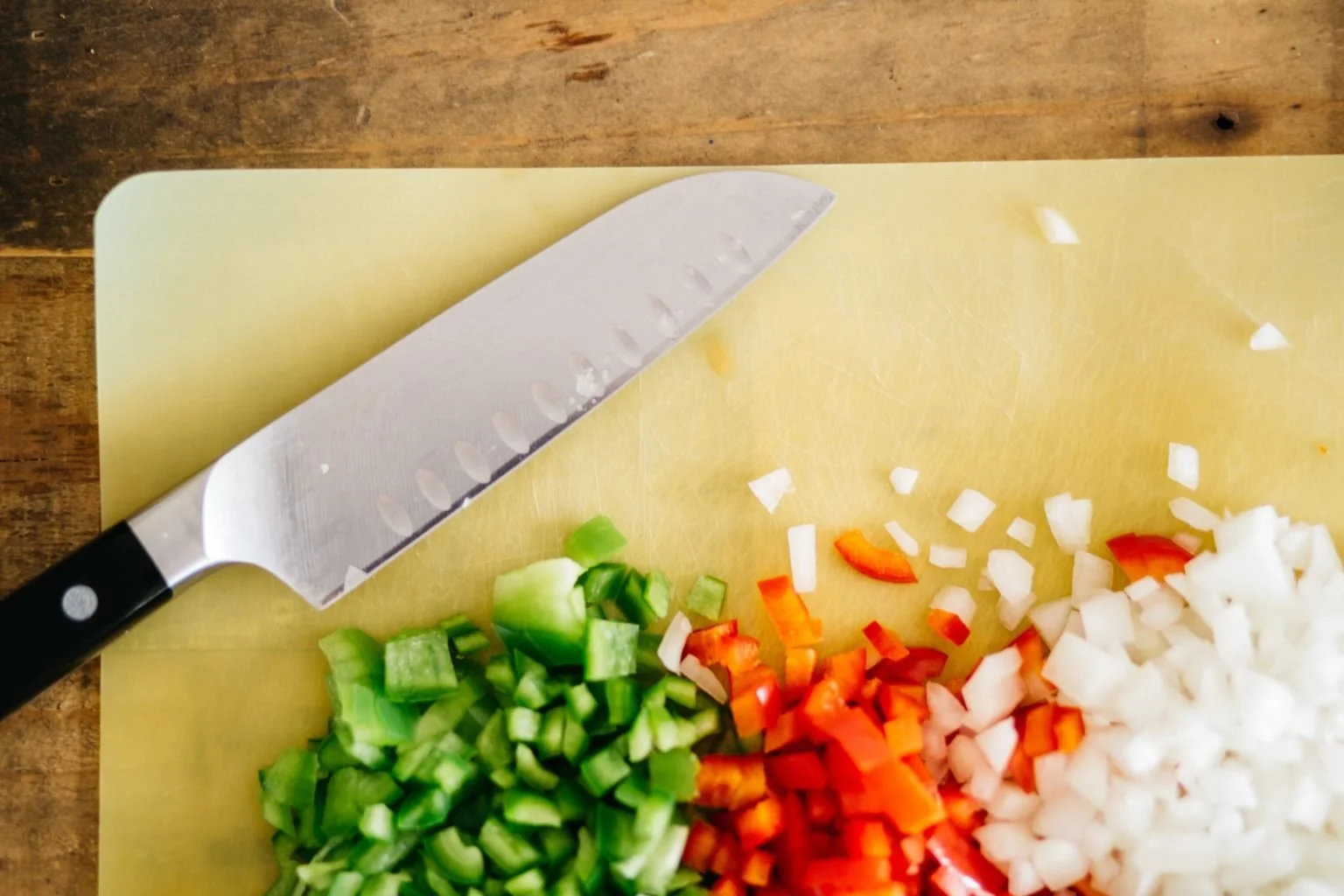How to make better soup
We’re big fans of soup. It’s filling and wholesome, it uses all the delicious local produce our region has to offer, and it’s fantastic with a big hunk of rustic bread.
Grand Central Bakery makes soup from scratch (including house-made stock) and offers it daily starting in fall through late spring. Here’s our current menu:
SUNDAY AND MONDAY
Cream of Tomato
TUESDAY
Mulligatawny
WEDNESDAY
Butternut Squash
THURSDAY
Italian Farmhouse (vegan)
FRIDAY
Smoked Salmon Chowder (Portland) Clam Chowder (Seattle)
SATURDAY
Potato Leek
Soup also is practical and thrifty; it lets you use up what’s in the fridge, and a single batch is enough for several meals. Even better, you can make a double recipe and freeze portions to enjoy later.
Here are our top tips for making delicious soup at home, served up by Robb Hengerer, our Portland Cuisine Manager and developer of many Grand Central soup recipes.
1. Slow it down. Deep flavor starts with slow caramelization of aromatics – typically onions, celery and carrots. Long and slow cooking of onions and these foundational ingredients is essential, Robb says, especially for vegetarian soups. Turn the burner to medium low and spend as long as it takes until they’re very soft and sweet. If you rush things, you’ll burn the onions at the edges or miss out on flavor by only caramelizing the surface.
2. Salt as you go. The goal is layers of flavor. So, salt the onions as they sauté. Add a bit more salt when meat and more vegetables go into the pot. And then, as it simmers, taste the soup and salt again if it needs it. If you wait until the very end to add salt, you’ll have well-seasoned broth and the rest of the ingredients will taste bland.
3. Stir in green things at the last minute. Ribbons of chard, shredded kale, chunks of broccoli and cauliflower – these winter greens and vegetables want to be crisp-tender, not soft and mushy. Our soup chefs stir them into the kettle when it comes off the burner and the soup is cooling (knowing that the soup will be reheated later for serving). At home, you’ll want to add greens and cruciferous veggies at the end of cooking, a few minutes before you take it off the flame.
Think low and slow when sauteing onions and other aromatics.
4. Add acid! A dash of vinegar or a squeeze of lemon or lime juice brightens flavors, especially long-simmered bean soups or rich meat-based soups. Stir in just before serving, and taste one last time for balance.
5. Don’t forget the garnish. Make your bowl of soup shine with a simple garnish of your choice: a drizzle of nice olive oil, freshly chopped herbs, some shredded parmesan, a dollop of sour cream or plain yogurt, a few crostini or some crunchy fresh croutons. Even better, combine feta cheese with fresh mint (delicious on lentil soup), crispy breadcrumbs with fresh sage and thyme, or add fresh dill or pickled onions to that dollop of sour cream.


